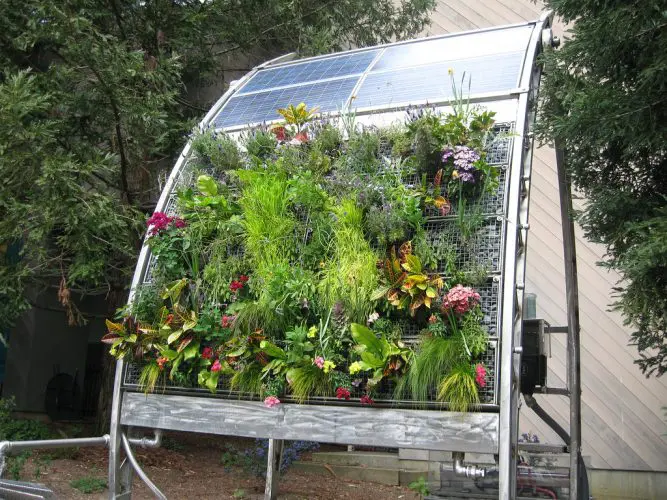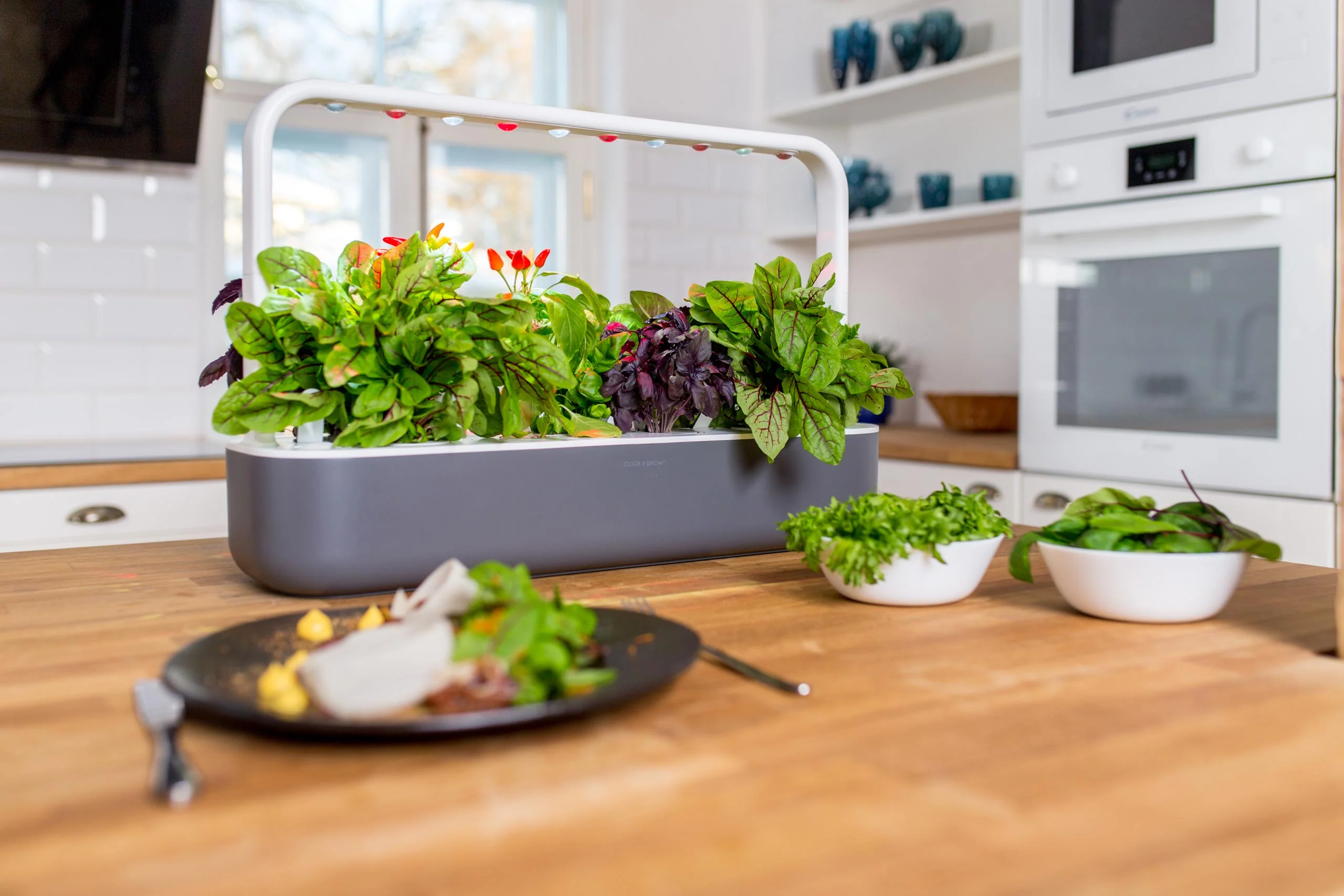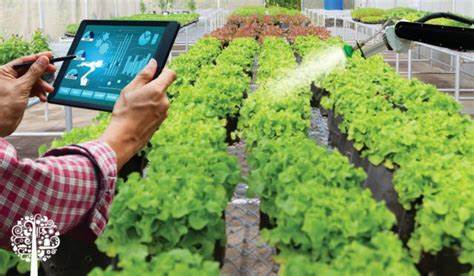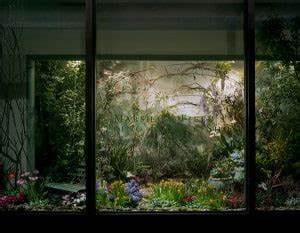
Smart Vertical Gardens: Revolutionizing Modern Gardening
Introduction
Smart Vertical Gardens have emerged as an innovative solution for maximizing limited spaces and revolutionizing modern gardening practices. With their ability to efficiently use resources and incorporate cutting-edge technologies, these gardens are considered the future of gardening. In this article, we will explore the historical background, key concepts and definitions, advantages, technologies used, integration of smart technology, case studies, current trends, challenges, future outlook, and conclude by highlighting the significance of Smart Vertical Gardens in shaping the future of gardening.
Historical Background
Vertical gardening practices have been in existence for centuries, with ancient civilizations utilizing techniques like trellises and espaliers to grow plants vertically. However, the evolution of vertical gardening techniques and technologies has accelerated in recent years. Today, we witness a combination of traditional and modern approaches to create Smart Vertical Gardens that optimize space and resources.
Key Concepts and Definitions
Smart Vertical Gardens differ from traditional gardening methods by incorporating advanced technologies and innovative techniques. They utilize hydroponics, aeroponics, and automated systems. Hydroponics involves growing plants without soil, using water-based nutrient solutions, while aeroponics utilizes a misting system to deliver nutrients directly to the roots. Automated systems enable precise control of environmental factors such as lighting, temperature, and humidity.

Main Discussion Points
Advantages and Benefits of Smart Vertical Gardens
Increased food production in limited spaces: Smart Vertical Gardens enable high-density planting, allowing for higher yields in small areas. This is particularly beneficial in urban environments where land scarcity is a significant challenge.
Efficient use of water and nutrients: Vertical gardening systems optimize water usage by recirculating and reusing it within the system. Additionally, nutrient solutions can be carefully controlled and delivered directly to the roots, minimizing wastage.
Pest and disease control: By growing plants vertically, Smart Vertical Gardens reduce the risk of pests and diseases as they are less likely to spread through the garden.
Improved air quality and aesthetics: Vertical gardens contribute to improved air quality by absorbing pollutants and releasing oxygen. They also enhance the visual appeal of urban areas, creating green spaces in otherwise concrete-dominated environments.
Technologies and Techniques Used in Smart Vertical Gardens
Vertical farming systems: These systems utilize vertical structures such as towers or racks to grow plants in a stacked manner, maximizing space utilization.
Automated irrigation and nutrient delivery systems: Smart Vertical Gardens employ automated systems that control the precise amount of water and nutrients delivered to the plants, ensuring optimal growth.
LED lighting systems: Energy-efficient LED lighting systems are used to provide the necessary light spectrum and intensity for plant growth, particularly in indoor vertical farming.
Data monitoring and analysis for optimizing plant growth: Sensors and data analysis techniques are utilized to monitor and analyze plant growth parameters, allowing for real-time adjustments and optimization of growth conditions.
Integration of Smart Technology in Vertical Gardens
Internet of Things (IoT) applications in managing and monitoring plant growth: IoT technologies enable remote monitoring and control of Smart Vertical Gardens, ensuring optimal growth conditions.
Smartphone apps for remote control and monitoring of vertical gardens: Dedicated smartphone applications allow users to monitor and control their vertical gardens from anywhere, providing convenience and flexibility.
Artificial intelligence and machine learning in optimizing plant growth conditions: AI and machine learning algorithms are utilized to analyze data and make intelligent decisions, optimizing factors such as lighting, temperature, and nutrient delivery for optimal plant growth.

Case Studies or Examples
Real-world examples of successful Smart Vertical Gardens projects include the Sky Greens in Singapore and the Vertical Harvest in Wyoming, USA. These projects have demonstrated significant benefits such as increased crop yields, year-round production, and reduced environmental impact. They have also contributed to local food security and sustainability.
Current Trends or Developments
One current trend in Smart Vertical Gardens is the rise of indoor vertical farming. This allows for year-round production in controlled environments, independent of seasonal variations. Additionally, recent advancements in vertical gardening techniques and technologies have focused on energy efficiency, automation, and data-driven optimization.
Challenges or Controversies
Implementing Smart Vertical Gardens can be challenging due to high initial costs and energy consumption. The installation and maintenance of advanced technologies require substantial investments. Moreover, concerns have been raised regarding the impact of artificial lighting on plant growth and the potential disruption of natural growth cycles.

Future Outlook
The future of gardening lies in Smart Vertical Gardens. As technology continues to advance, we can expect further enhancements in vertical gardening practices. Advancements in automation, energy efficiency, and data analytics will enable more precise control and optimization of growth conditions. This, in turn, will contribute to increased food production, improved sustainability, and the creation of green spaces in urban areas.
Conclusion
Smart Vertical Gardens have emerged as a game-changer in modern gardening practices. By maximizing limited spaces, optimizing resource usage, and integrating advanced technologies, they offer a sustainable and efficient solution for food production. The future of gardening lies in embracing Smart Vertical Gardens as a vital component of our urban landscapes.
References
Smith, J. (2019). Vertical gardening: A step by step guide for beginners. DIY Garden.
Despommier, D. (2010). The vertical farm: Feeding the world in the 21st century. Macmillan.
Gunders, D. (2017). The future of vertical farming: The potential of indoor farming to feed cities. World Resources Institute.




